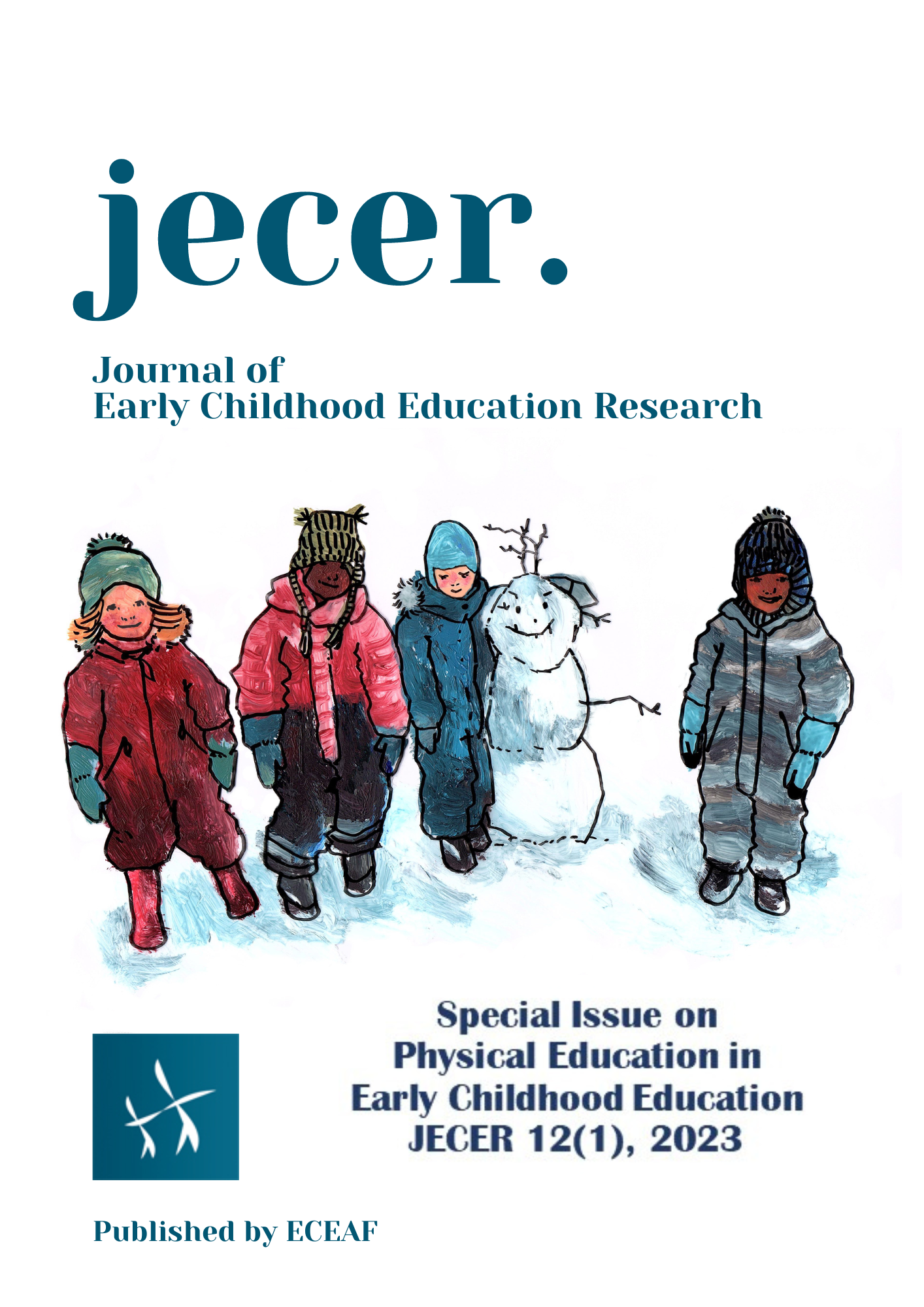Physical play - How do we inspire and motivate young children to be physically active through play? An international analysis of twelve countries’ national early years curriculum policies and practices for physical activity and physical play
Keywords:
early childhood education and care, curriculum, physical play, international comparisonAbstract
Lifelong movement and physical activity (PA) patterns develop during early childhood. Therefore, educators (teachers and practitioners) in early childhood education and care (ECEC) should provide opportunities to support children’s play, PA, and movement development. The World Health Organization (2019) offers new recommendations for PA, for children under five years. The guidelines do not specify the ways ECEC staff can support PA through play. Therefore, this paper investigates, how physical play (PP) is enacted globally. An international policy and practice analysis of twelve countries, (Australia [Victoria], Belgium [Flanders], Canada [Alberta], China, Finland, Ireland, Italy, Portugal, Spain, Sweden, UK [England] and USA) was completed by analyzing the ECEC curricula and their implementation in different cultural contexts. A content analysis was undertaken by AIESEP Early Years SIG experts revealing that PP was not clearly defined. When defined, it was described as PA, and important for children’s holistic development. The majority of curricula did not state the length/time for PP. Three main strategies for implementing PP were found: a) pedagogical framework; b) active learning methods; and c) motor development. This international analysis highlights the global need for better ECEC staff support in acknowledging and implementing PP to aid children’s overall development, PA and wellbeing.

